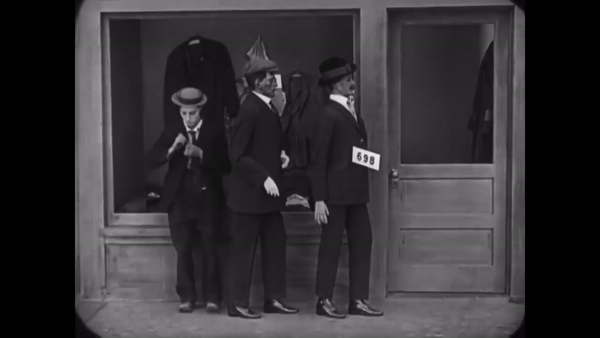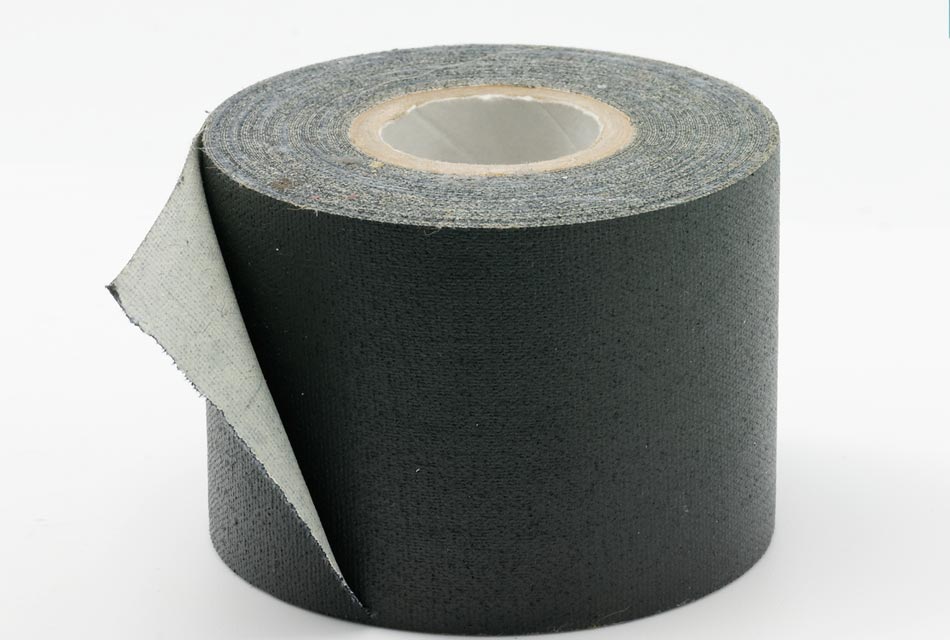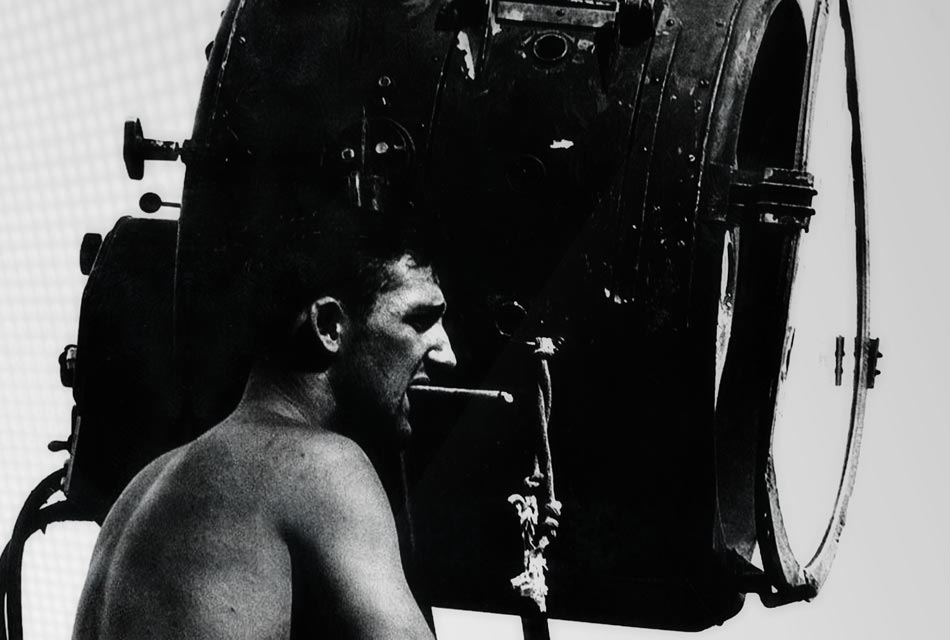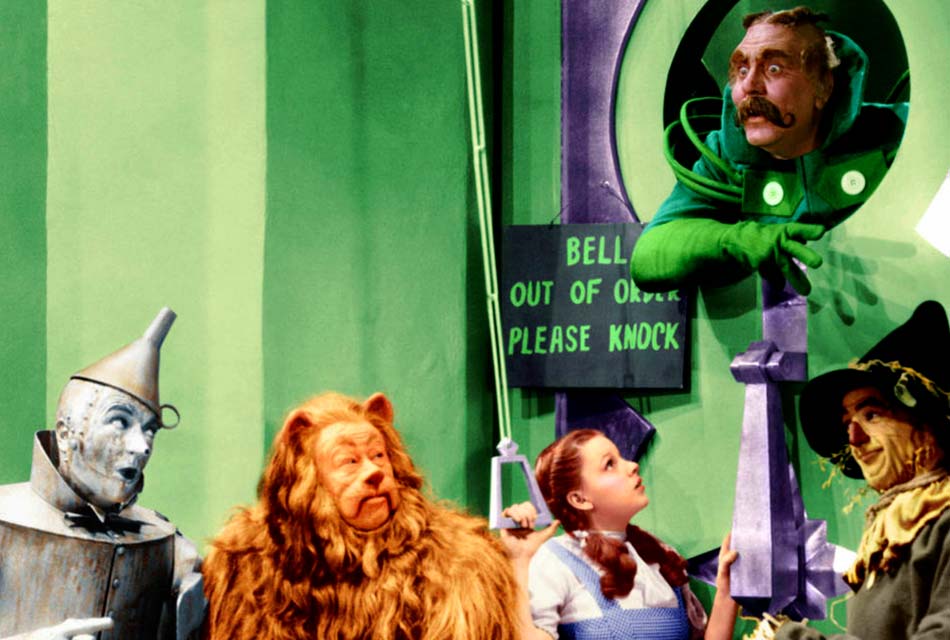It took an experienced, level-headed camera operator to know what the film would look like based on cranking speed, but with the explosion of entertainment and news footage in the early 20th century, this wasn’t to be taken for granted. The operation of the crank was a bit counter-intuitive: if the operator turned the crank too quickly, more film was exposed, resulting in a slower picture with more detail; if it were turned too slowly, fewer frames were exposed and the film took on the choppy look which has become characteristic of early footage in the popular imagination.
But even experienced operators were susceptible to fits and starts in their footage, since they were relying on muscle power to create exposures, and the arm can get tired and spasm while filming longer takes. Besides that, while most silent films were shot at 16 frames per second (FPS), there was no standard speed until the introduction of sound, which required shooting at 24 FPS to prevent warbling in the soundtrack. Since there aren’t too many 16 FPS projectors around anymore, surviving early films tend to get sped up by default when shown on newer projectors, making them look comically speedy.
Keaton being overcranked helps us avoid seeing his unhappiness at being in a bread line as comical.
Then, the film is undercranked to pick up the speed when the audience is meant to laugh:
Creative use of the Crank
Early productions sometimes tried to take advantage of this physical limitation by quickening the cranking speed (overcranking for slower motion) for more detailed or emotionally charged scenes, while undercranking for faster scenes such as fights and chases. Here’s an example from Buster Keaton’s 'The Goat' (1921). In the first shot, the film is overcranked to be slower, showing more detail in facial expressions and allowing the viewer to see that words are exchanged between the actors:

Keaton’s quick motion is the result of a different cranking speed, making it look funnier and less pitiable than his being sent to the back of the line. The flickering associated with older film is an effect of the inconsistent exposure caused by hand-cranking cameras.
A more recent example of the differences in cranking speeds can be seen in Peter Jackson’s documentary 'They Shall Not Grow Old' (2018). Jackson worked with the Imperial War Museum’s film library to assemble footage of the First World War, and because much of the newsreel footage of the time was overcranked, the soldiers moved in unnaturally quick motion. Jackson played on this effect by beginning the film with unaltered footage, showing the jerkiness of the original film, but then slowing it down to 24 frames per second (and digitally colourising it) when the narrative transitions to the front line. The slowed frame rate helps to make the point that what seems distant and unreal to us now was a daily, terrifying reality to millions of people over a century ago.







